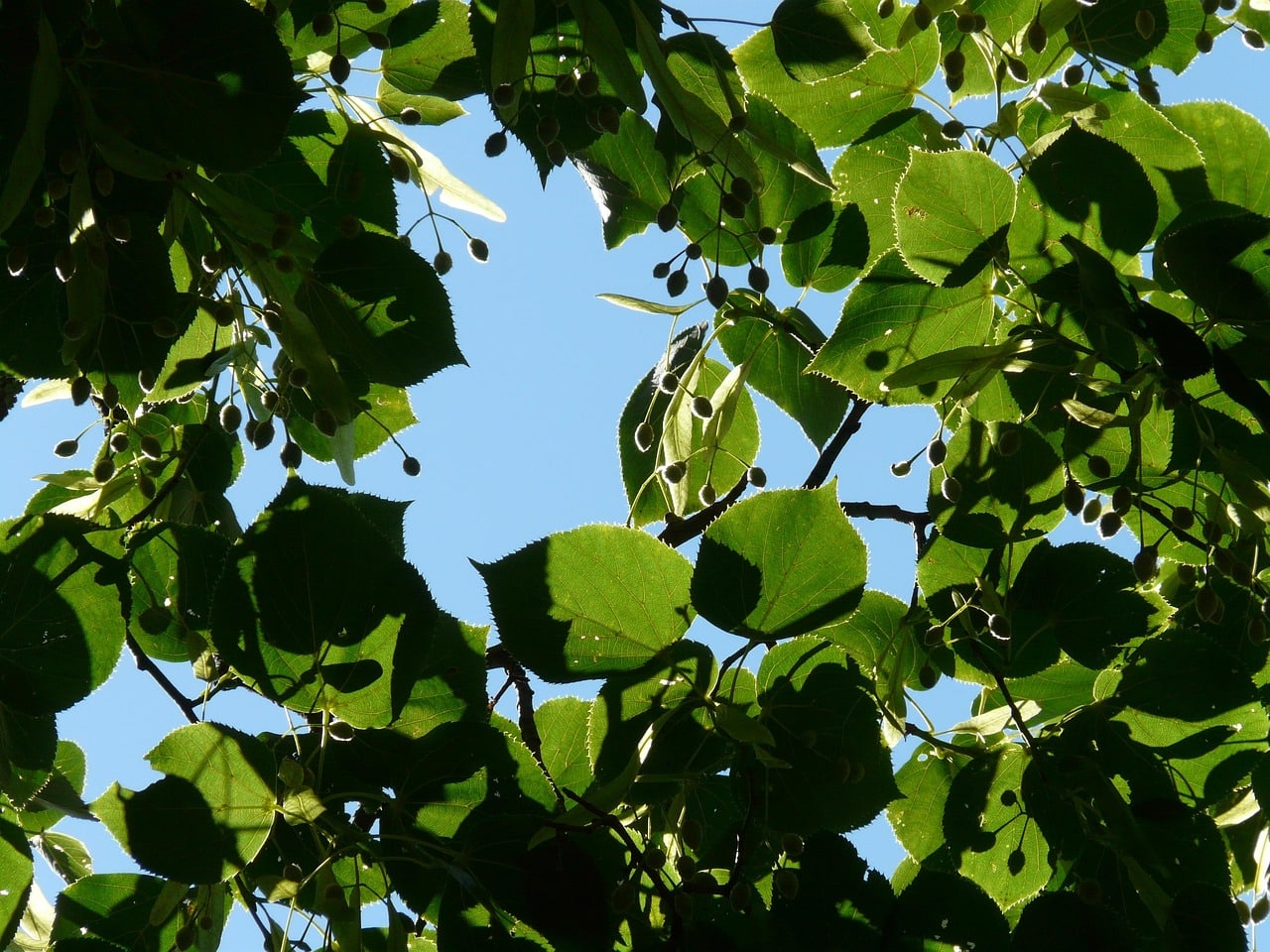
Česká Lípa and its history
The origins of Česká Lípa date back to approximately the third quarter of the 13th century. Only at the beginning of the 14th century, perhaps between 1310 and 1319, was a medieval town founded on the site of an older Slavic settlement near Ronov Castle in Lipá. The first explicit record of the town’s existence, however, comes from 1337. The oldest record of the large town seal dates from 1388; besides the symbols of the fortified town, it also bears the coat of arms of its founders and holders, the Ronovs – two crossed anchors. This emblem, carved in stone, can still be seen, for example, on the Berkov portal, now located on the outer wall of the monastery cloister.
The town’s location on an important trade route was a constant incentive for the development of craft production (pottery, weaving, cloth-making, and later tin-smithing and others). Thus, in addition to the inner town, still bounded by a visible ring of walls, exceptionally developed suburbs also emerged, each with its own churches. The Church of the Holy Cross in the eastern part of the historic town and the Church of St. Mary Magdalene in the potters’ suburb to the south have been preserved to this day. The Church of the Virgin Mary, which stood from the 14th century in the northern Marian suburb, was later replaced by a Baroque new building, the Church of the Nativity of the Virgin Mary.
Until the modern era, Česká Lípa belonged to the largest dependent towns in Bohemia and had, since the 14th century, been endowed with privileges granted to royal towns (the right of self-governance, mile-right, brewing-right, market-right, free passage, and the right to build fortifications). In obtaining and expanding town rights and privileges, the town benefited from the significant status of its lords – first the Lords of Lipá, then the Berkas of Dubá and Lipá. However, the rapid development of the town was interrupted by the Hussite revolution. Jindřich Berka of Dubá, owner of the Lipá estate, like most of the North Bohemian nobility, sided against the Hussites, and in 1426 the town was occupied by Hussite troops. Česká Lípa then became the northernmost member of the Táborite-Orphan Town Union. The damage caused during the Hussite wars, and especially during the subsequent so-called Vartenberg-Lusatian wars, was gradually repaired in the second half of the 15th century. Town houses were restored, their Gothic parts, especially the cellars, have survived to this day. The castle also began to be rebuilt into a comfortable chateau, first in a late Gothic style, later in the Renaissance style. In its vicinity, in 1583, a Renaissance summer residence called the Red House was built. By this time, however, the Berkas were already sharing control over the town and the castle with the Vartenbergs.
After the defeat of the Bohemian estates, whose anti-Habsburg uprising in 1618–1620 included participation by the local Protestant nobility, the confiscated estate passed to Albrecht of Wallenstein. His brief rule brought the town the establishment of an Augustinian monastery with a Latin school, which later became a gymnasium.
After Wallenstein’s assassination, the town passed by marriage to Wallenstein’s daughter to the Kounice family, together with the Nový Zámek estate, to whom Česká Lípa belonged until the abolition of serfdom in 1848. A reminder of the last feudal lords of Česká Lípa is the Baroque stone coat of arms of the Kounices on the Kounice House at the corner of Zámecká and Berkova streets.
From the period after the Thirty Years’ War, when the town’s appearance was enriched by Baroque reconstructions, new buildings, and sculptural works, comes the plague column in the town square. It commemorates not only the devastating plague epidemic of 1680 but also the related large-scale serf uprising, several of whose leaders were executed in the Česká Lípa square. In the 18th century, Česká Lípa was still among the most populous towns in Bohemia and was one of the first towns in the region to open up to manufacturing. Česká Lípa gained true fame both at home and abroad through its “kartounky” – textile-printing manufactories.
Major fires in 1787, and especially in 1820, when more than 500 houses and six manufactories were reduced to ashes in less than four hours, destroyed a large part of the historical buildings, which were until then partly still wooden. New houses were built entirely of brick in the Empire and Classicist styles. After the mid-century, the popularity of “kartoun” declined, and the history of new industrial sectors in Česká Lípa began to unfold: leather processing, food production, distilling, piano manufacturing, and so on.
The second half of the 19th century, bringing the development of political, social, and cultural life, enriched the town with a number of public buildings constructed in historicist styles and, at the turn of the century, in Art Nouveau style. At the same time, the national consciousness of the Czech minority grew, founding the first Czech associations and striving – unsuccessfully until the collapse of the Habsburg monarchy – to establish Czech schools for their children. During the First Republic, the Czech minority in the town increased, especially with the arrival of state employees, to about 3,000 people.
With the rise of fascism, Česká Lípa became one of the places with the highest activity of Henlein’s Sudeten German Party. The first Henlein demonstration was held in Česká Lípa in October 1934, attended by approximately 24,000 Nazis from across the northern borderlands. After the Munich Agreement, the town, as part of the Sudetenland, was occupied by the German army. The year 1938 ended the town’s promising development, and its factories were redirected to war production in the following years.
After liberation on May 9, 1945, the majority of Czech inhabitants, who had left the town in the autumn of 1938, returned to Česká Lípa. The consequences of bombing were removed, and the factories returned to peacetime production. The following four decades brought a sharp increase in population and the expansion of the town in connection with uranium mining. By 1992, the population had reached 40,000. The ring of stereotypical panel housing estates, built around the town in the 1970s and 1980s, definitively changed its appearance.
